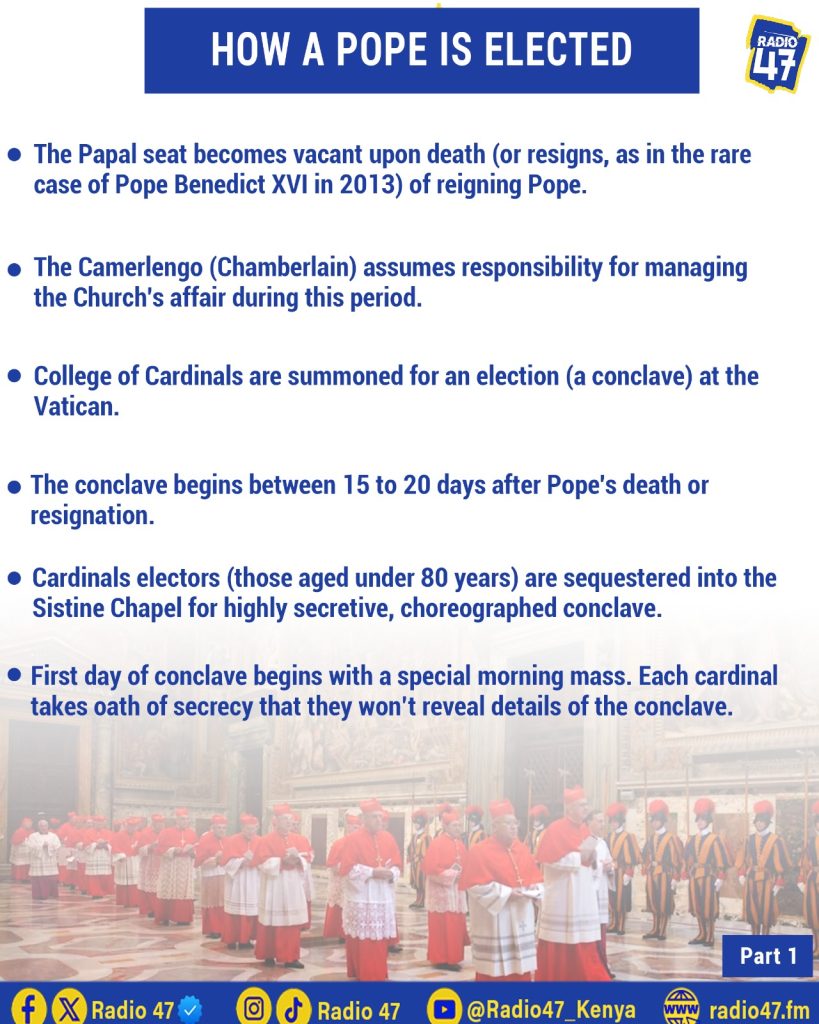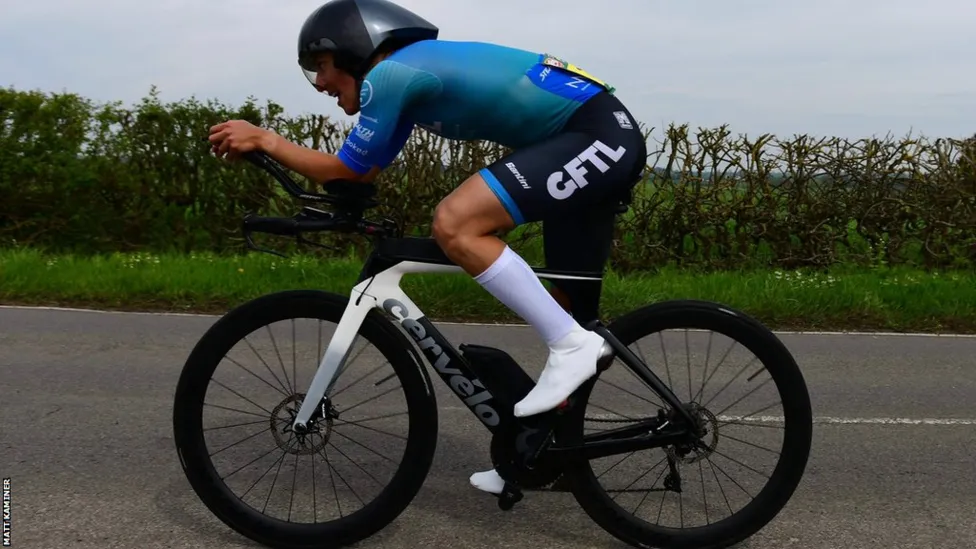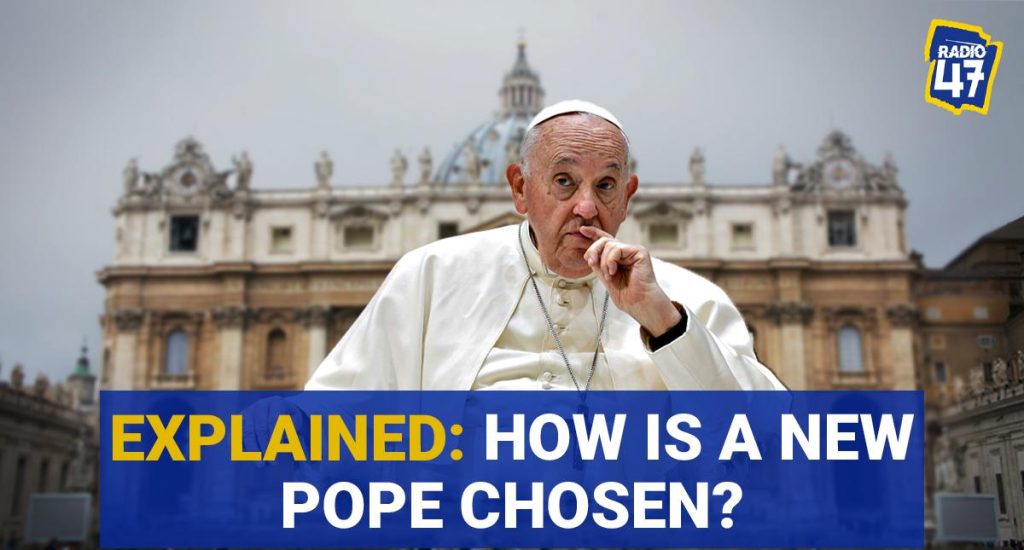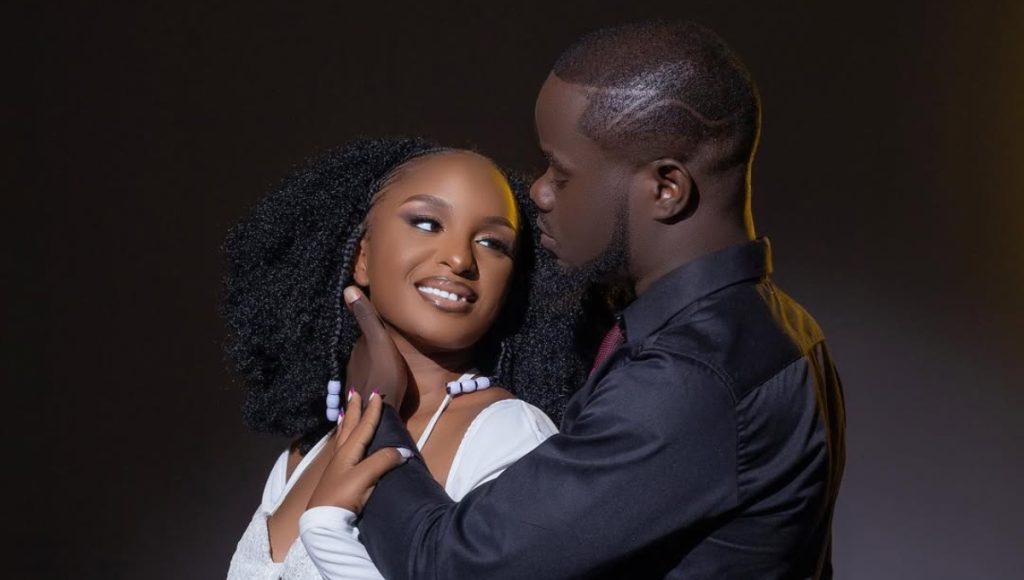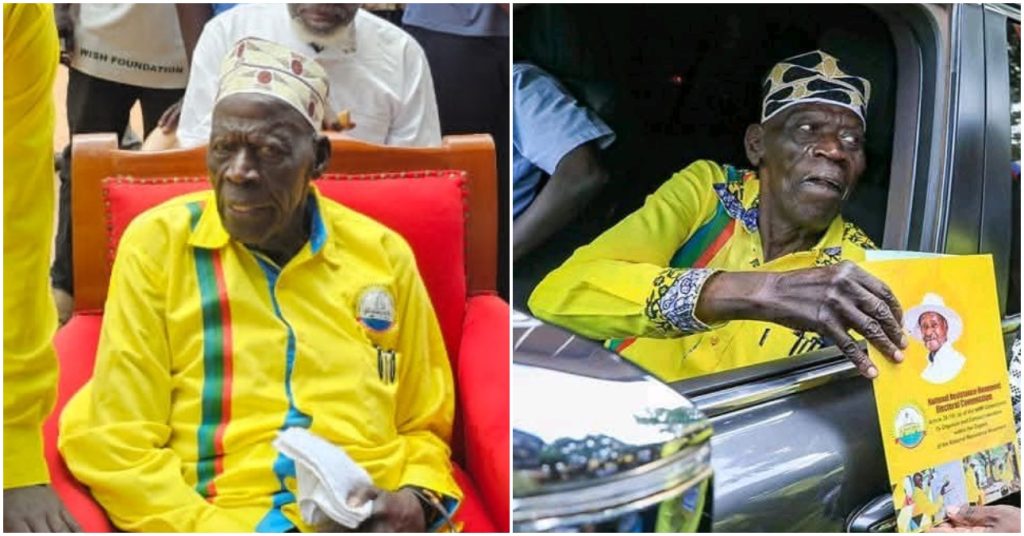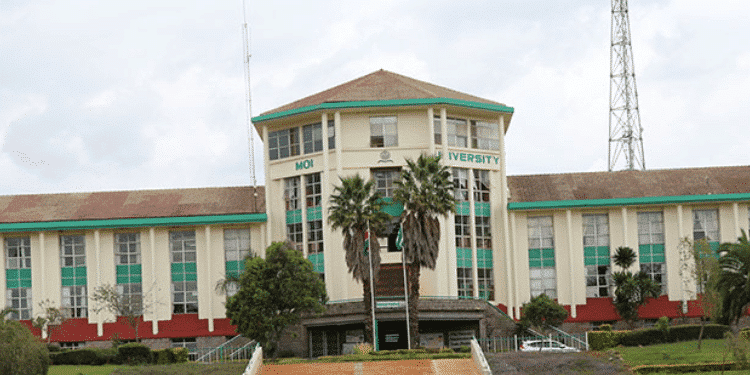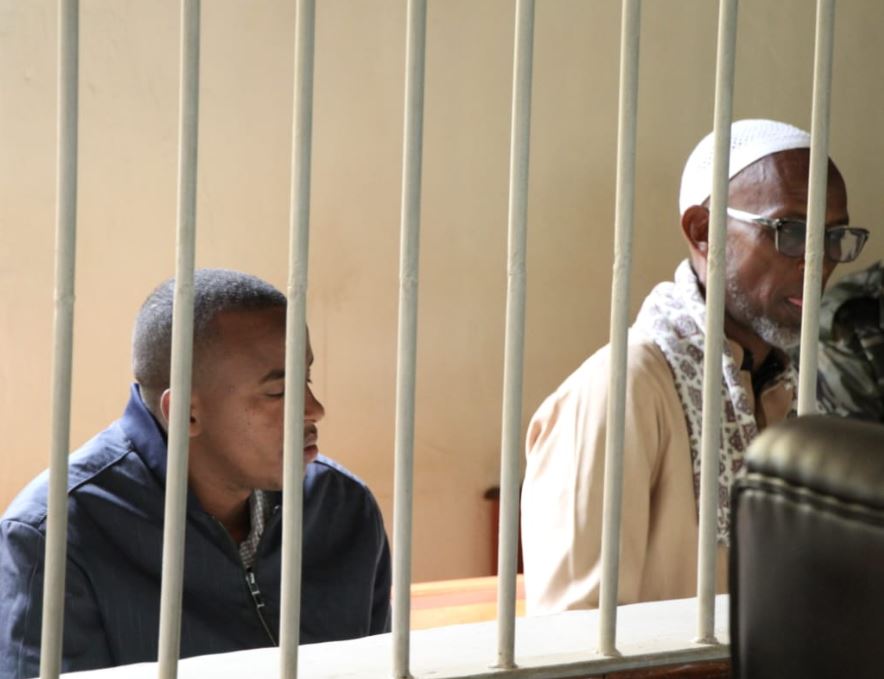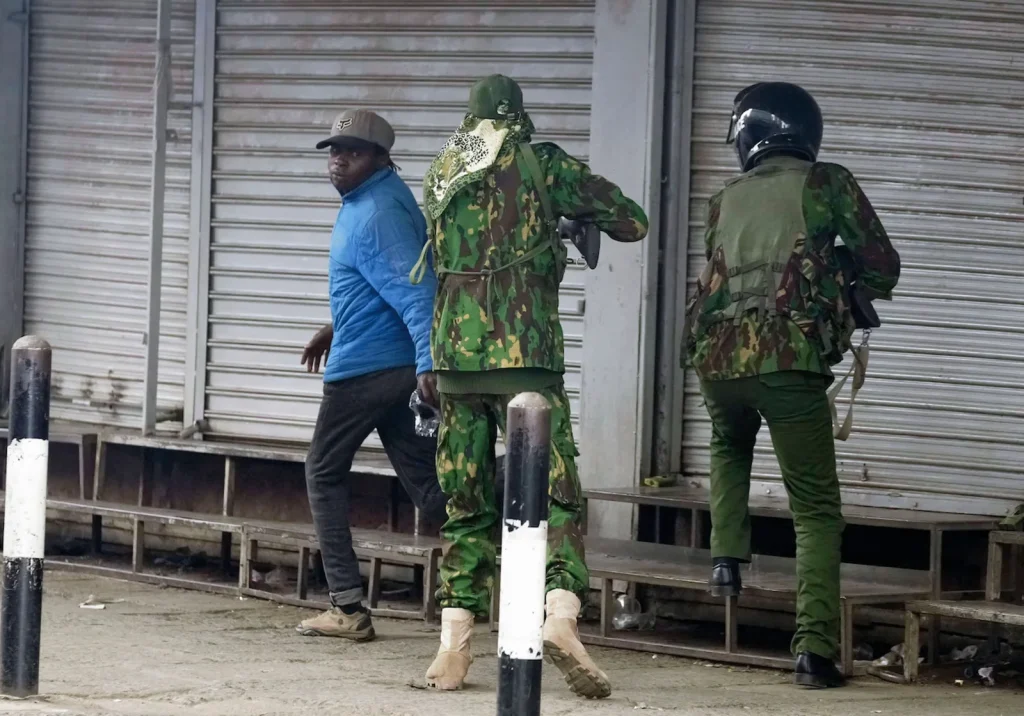The College of Cardinals has officially decided to begin the conclave on May 7, 2025, to elect a new Pope, following a meeting held on Monday morning at the Vatican’s Synod Hall. This decision marks a key step in the process of electing the next leader of the Roman Catholic Church following the death of Pope Francis.
When Pope Francis died, the Catholic Church entered a period known as “sede vacante”, meaning “the seat is vacant.”
Cardinal Kevin Farrell the Camerlengo, or chamberlain, who announced Francis’s death became the interim chief of the Catholic Church until the new pope is elected.
There are more than 250 cardinals from more than 90 countries, but only about135 are cardinal electors; those over the age of 80 are not eligible to vote.
About 110 of the cardinal electors have been chosen by Francis in the past 10 years .
The conclave will take place in the iconic Sistine Chapel, with the area closed to the public during the election process. According to Catholic traditions, before the conclave begins, a solemn Eucharistic celebration will be held. This Mass, attended by the Cardinal electors, marks the formal start of the process.
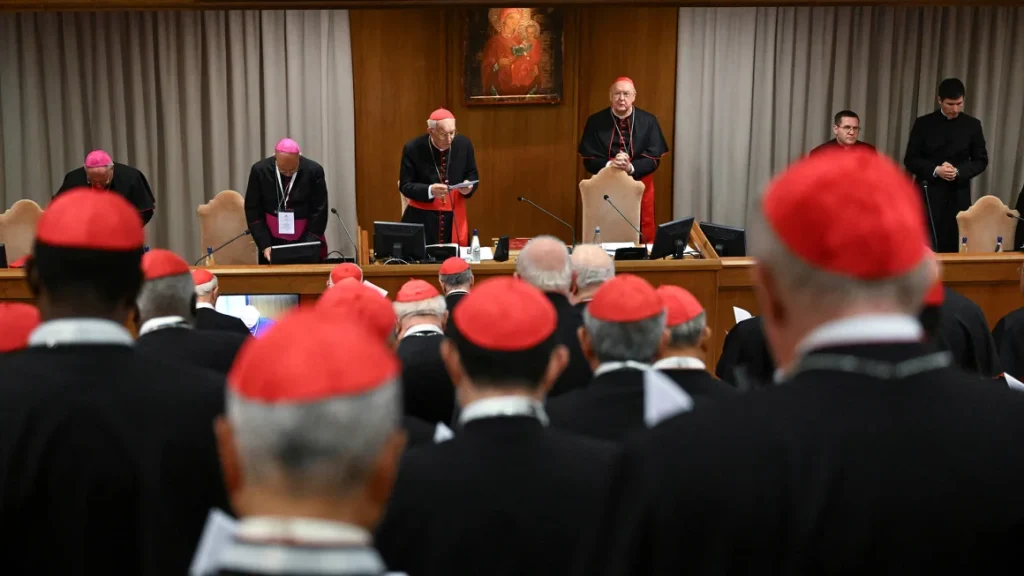
Following the Mass, the Cardinal electors will proceed to the Sistine Chapel, where they will each take an oath, committing to faithfully fulfill the duties of the Pope if elected. This oath includes a pledge to maintain secrecy regarding the election process and to avoid any external influence in the selection of the new Pontiff.
Once the oath is taken, the Master of Pontifical Liturgical Celebrations will announce “extra omnes,” signaling the departure of all non-electors from the chapel. Only the Master of Ceremonies and an ecclesiastic assigned to deliver the second meditation will remain. This meditation will emphasize the gravity of the responsibility the electors face, urging them to act with purity of intention for the good of the Universal Church.
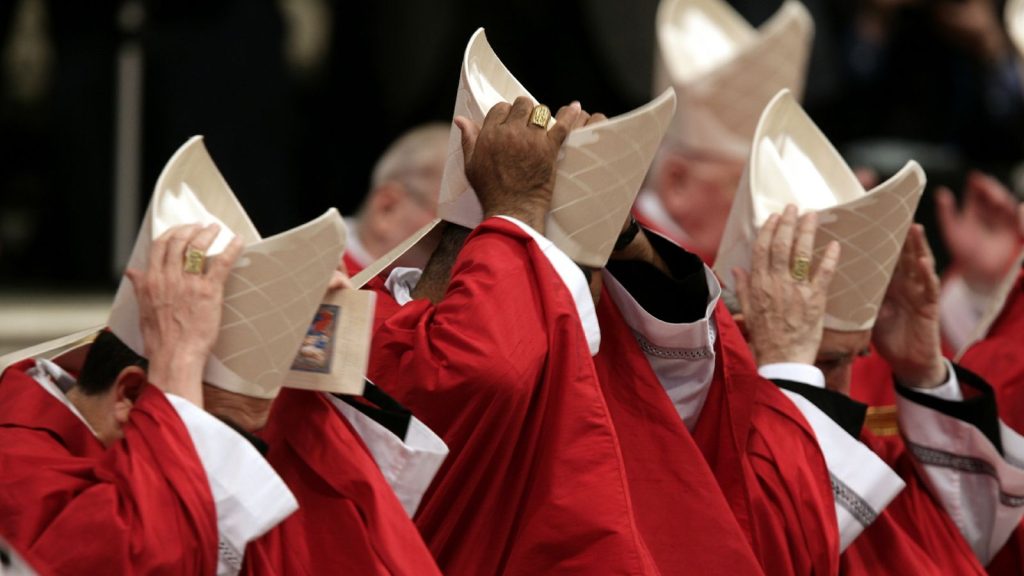
The Cardinal electors will then begin the election process, which involves casting votes for the new Pope. Votes are taken each day, morning and afternoon, until a candidate wins a two-thirds majority. There is a day’s break for prayer and reflection after every seven ballots. The longest papal conclave in recent history was 1922, when the cardinals took five days to choose their new leader.
Each elector is given a ballot card with the words eligo in summum pontificem (I elect as supreme pontiff) printed at the top. They insert the name of their choice, fold the card and drop it into a chalice.
After each round of voting, the ballot cards are burned. Chemicals are added to make the smoke black or white. Black smoke emerging from the 60ft chimney indicates an inconclusive ballot; white smoke announces to the world that a new pope has been elected.
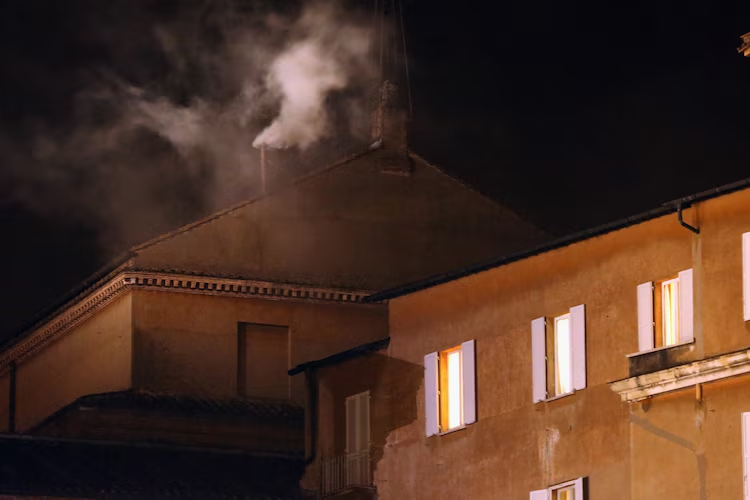
Once the Cardinals reach a consensus and elect a new Pope, the last of the Cardinal Deacons will call the Secretary of the College of Cardinals and the Master of Pontifical Liturgical Celebrations into the Sistine Chapel. The Dean of the College of Cardinals will then ask the elected candidate if they accept the election and, if so, what name they wish to be known by as Pope.
While popes have the option of keeping their baptismal name, every pope for the last 470 years has chosen to change his name, usually to honor a predecessor and to signal their intention to emulate his example.
The new Pope will then be presented to the Cardinals, who will pledge their obedience, and the faithfulness.
The newly elected pope then makes his first public appearance in his new role, stepping onto the central balcony at St. Peter’s Basilica, overlooking St. Peter’s Square, to bless the gathered crowd there after being introduced by the senior cardinal deacon with the traditional declaration “Habemus papum” – Latin for “We have a pope.”
The conclave will officially end upon the election of a new Pope, marking the beginning of a new papacy. The newly elected Pope will later take possession of the Patriarchal Archbasilica of St. John Lateran in a formal ceremony, officially assuming the role of Supreme Pontiff.
Any baptised male can be elected as pope, although a serving cardinal is invariably chosen.
